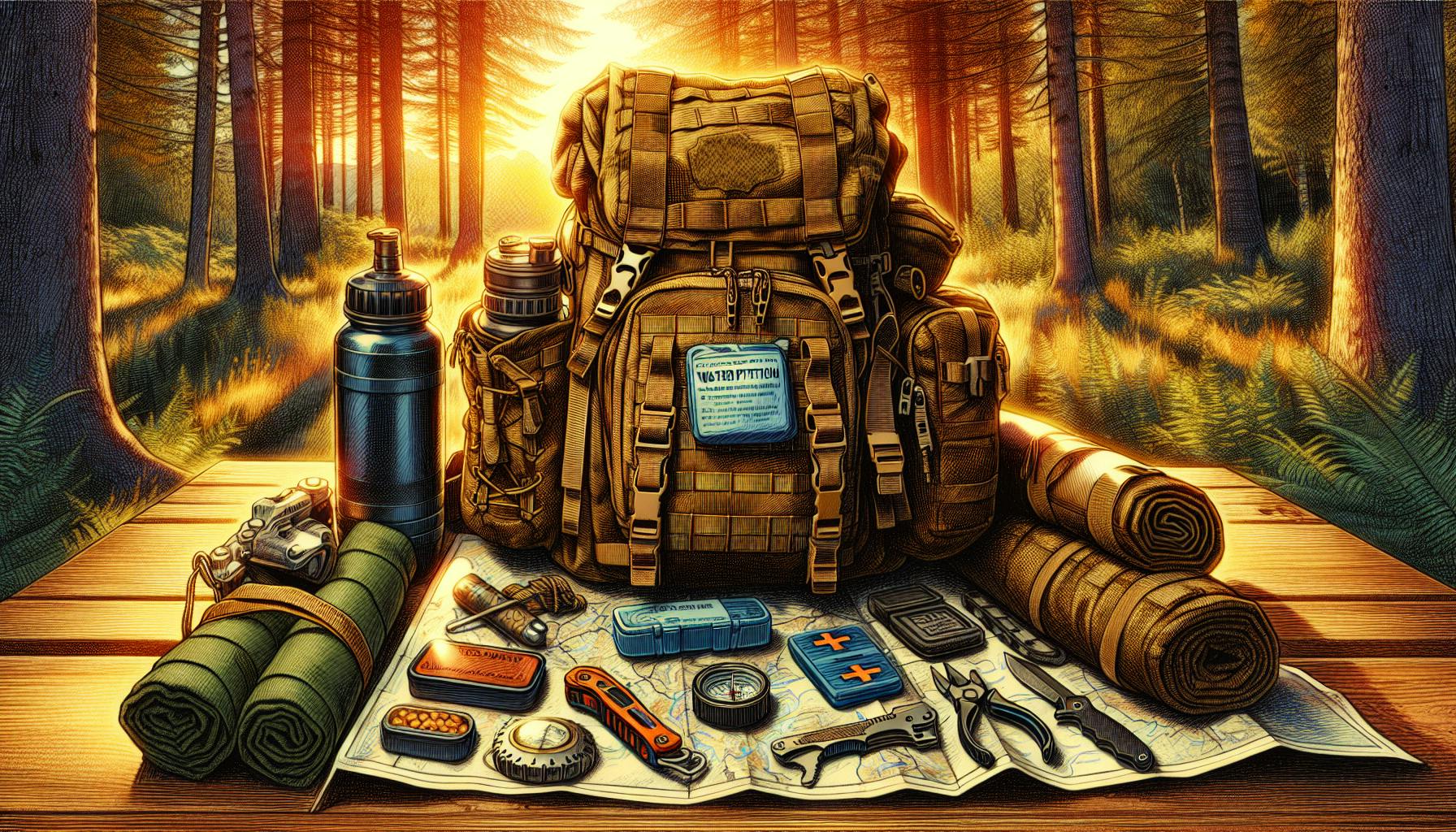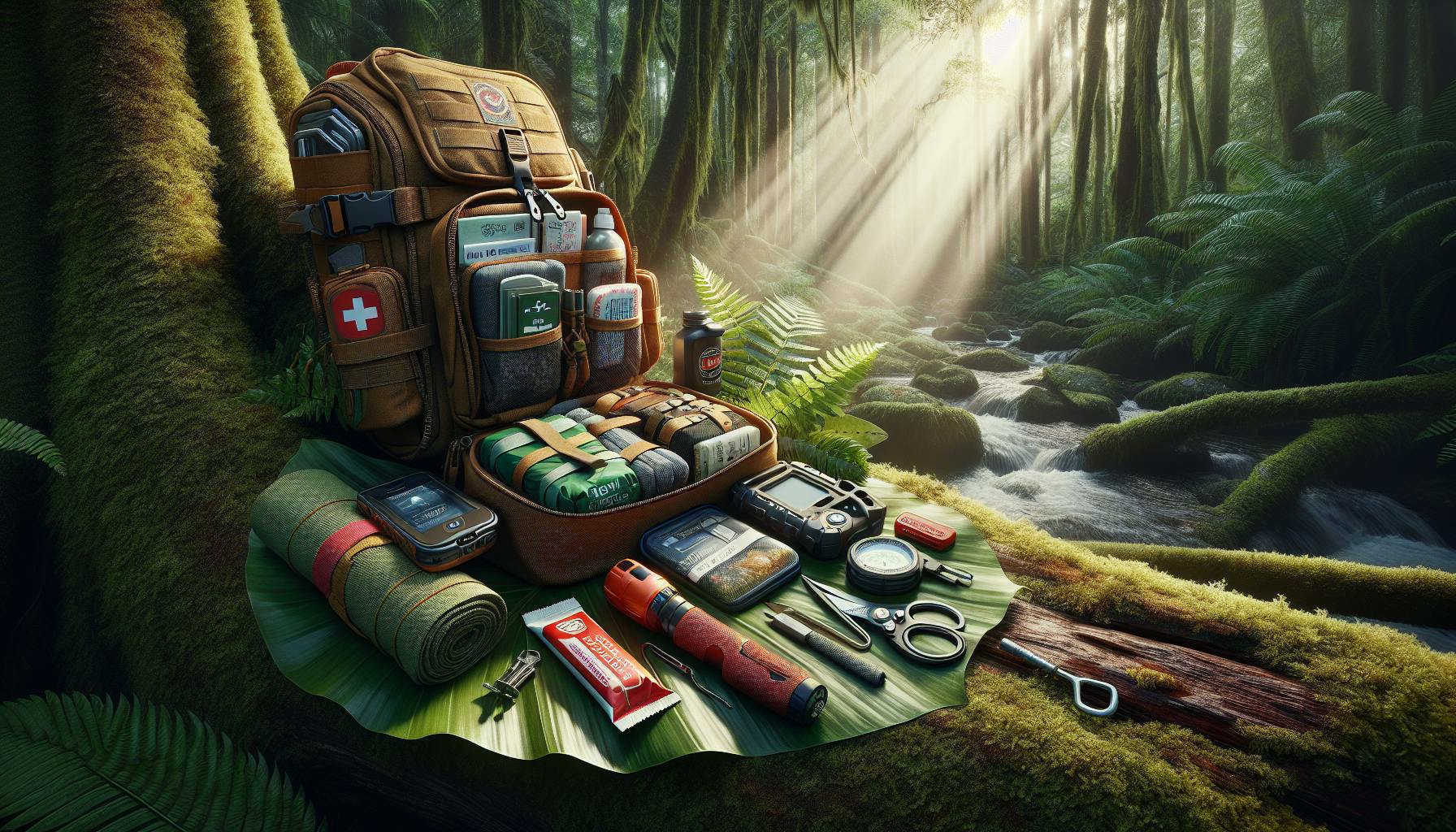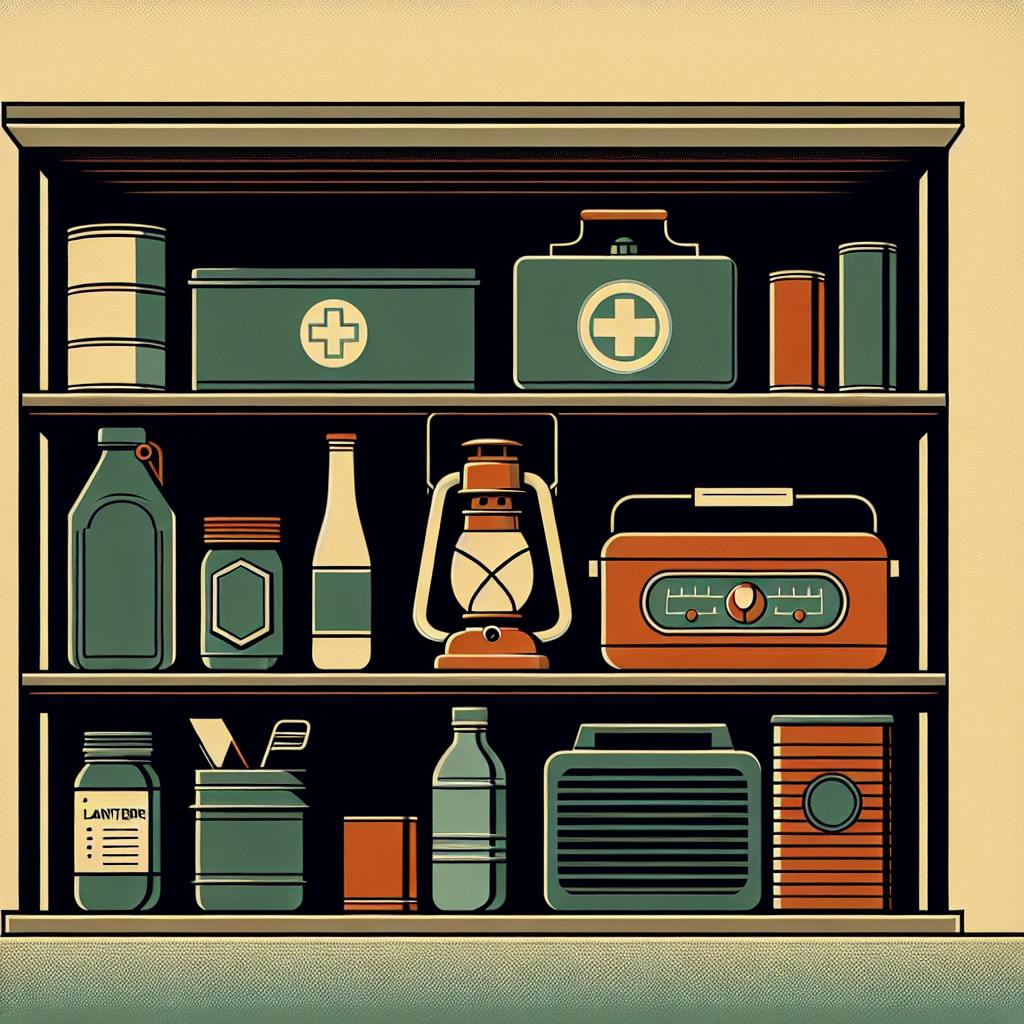An Introduction to SHTF Prepping
When disaster strikes, being prepared can mean the difference between life and death. SHTF, an acronym standing for “S**t Hits The Fan,” is a term used by preppers to describe a major crisis like natural disaster, economic collapse, or societal breakdown that disrupts normal life. This article breaks down the basic supplies, skills, and strategies recommended for SHTF scenarios.
First, we’ll define SHTF and look at potential triggers preppers aim to be ready for. We’ll also discuss why readiness is so important and provide an overview of key prepping essentials. With basics covered, we’ll dive into building a stockpile of food and water, medical preparedness, tools and equipment, bug out vs sheltering tactics, and must-have survival skills. Let's get started!
What Does SHTF Mean?
SHTF refers to a drastic emergency like civil unrest, financial meltdown, pandemic, or nuclear disaster that causes things to spiral out of control. Preppers adopt a “prepare for the worst, hope for the best” mindset to handle uncertainty. Being equipped for SHTF events provides peace of mind to handle whatever comes your way.
Most Common SHTF Scenarios
-
Natural disasters: Hurricanes like Katrina can devastate entire regions and leave people stranded without access to food, water or shelter for weeks. Earthquakes like the 1989 Loma Prieta quake can damage infrastructure and cause secondary disasters.
-
Grid failure and power outages: A widespread outage from a cyberattack, EMP, or solar storm could disrupt communications, water, and transportation systems for extended periods.
-
Economic collapse or hyperinflation: A collapse of financial systems similar to the Great Depression could lead to widespread unemployment, poverty, and social instability.
-
Global pandemics and disease outbreaks: A severe flu pandemic on the scale of the 1919 Spanish Flu could overwhelm hospitals and lead to massive disruptions.
-
Political instability and civil unrest: Widespread rioting and upheaval could overwhelm law enforcement and compromise security in urban areas.
The Need for Preparedness
SHTF events often strike suddenly with little warning. Having survival supplies and skills in place lets you safely weather the storm. Self-reliance is key as systems and services can’t be relied on. Preparing responsibly also makes sense to avoid last-minute desperation that puts you in danger.
SHTF Prepping Essentials
- Food and water stockpiles
- Medical supplies and medications
- Tools for security, shelter, fire, comms
- Bug out bag equipped with 3-day survival kit
- Developing fundamental skills like foraging, hunting, navigation
Key Topics Covered
Throughout this guide, we’ll cover:
- Stockpiling food/water
- Medical preparedness
- Critical tools and gear
- Bug out vs sheltering strategies
- Essential survival skills
Let’s explore each of these areas in-depth!
Stockpiling Food and Water
Having reserves of food and water is crucial in disasters when stores are closed, supply chains interrupted, or utilities compromised. Here’s a look at recommended amounts, storage considerations, and sources.
Shelf-Stable Food Options
-
Freeze dried foods: Have a 25+ year shelf life if stored properly. Lightweight and easy to transport.
-
MREs: Designed for military use in emergencies. Can heat up meals with included heater.
-
Canned goods: Affordable but heavy. Last 3-5 years if stored properly.
-
Dehydrated foods: More compact than canned goods but require rehydrating before eating.
-
Rice, beans, pasta: Nutritious staples that keep several years if stored correctly.
Recommended Amounts
Experts recommend storing at least 2,000 calories per person per day. For a 3 month supply, you’d need about 90,000 calories total. Include variety of foods and nutrients for sustainability. Have some comfort foods too for morale.
Storage Considerations
Store food in a cool, dry place away from sunlight, moisture, and heat to maximize shelf life. Use oxygen absorbers and sealed containers. Rotate stock using a FIFO system. Label contents and expiration dates. Store in multiple locations if possible.
Water Storage and Filtration
Store at least 1 gallon per person daily. Use food-grade plastic or water barrels. Treat questionable water with purification tablets. Invest in quality water filters from Katadyn or Berkey. Consider rainwater collection systems.
Medical Preparedness
Being able to treat injuries, illness, and chronic conditions is key. Stock up on first aid items, medications, and gain skills like CPR. Maintain proper sanitation and hygiene as well.
First Aid Supplies
Have gauze, bandages, ointments, trauma items like tourniquets and chest seals, OTC meds, splints, medical gloves, instruments, etc. Treat cuts, sprains, burns, allergies.
Medications to Stockpile
Stock prescription meds needed by your family, antibiotics like amoxicillin, heart and blood pressure medications, diabetes drugs like insulin, and strong pain relievers.
Critical Skills to Learn
Take CPR/first aid classes. Learn wound closure techniques like suturing. Recognize symptoms of appendicitis, heart attack, etc. Study field trauma medicine for gunshots and blasts. Gain skills now.
Sanitation and Hygiene
Stock toilet paper, feminine products, bleach, disinfectants, masks, trash bags, etc. Maintain cleanliness to avoid illness from germs and contamination.
Critical Tools and Gear
In addition to basics like food and medicine, many key tools and gear items are overlooked. Here are some of the most useful:
Tools for Shelter and Fire
Have an axe/hatchet, shovels, fire starters, tents, tarps, saws, and machetes. You’ll need these items to construct shelters, collect firewood, clear brush, harvest lumber, and otherwise survive outdoors. Quality brands to look for are Estwing, Gerber, Fiskars, Esee, and Schrade.
Cooking Equipment
Look into getting portable stoves like Solo Stove, Volcano Stove, or Biolite. Also stock cast iron cookware, mess kits, utensils, manual can openers, fuel sources, and other ways to prepare meals without power or gas.
Everyday Carry (EDC) Gear
A fixed blade knife, multi-tool, backpack or sling bag, tactical flashlight (Streamlight, SureFire), and water bottle/purifier (Sawyer Squeeze, Grayl Geopress) are EDC essentials for mobility and versatility.
Other Overlooked Items
Duct tape, carabiners, rope, fishing tackle, straps, gloves, cordage, garbage bags, and protective eyewear are often forgotten but incredibly useful.
Bugging Out vs Sheltering In Place
If disaster strikes your area, you’ll need to choose between staying put or bugging out to a prepared retreat location. Both have advantages and disadvantages.
Bugging Out Considerations
Bugging out gets you away from immediate danger but is risky if you fail to make it to your destination. Travel on foot has lower chances of reaching destination compared to travel by vehicle. Retreats have supplies but reaching them is key. Travel exposes you to threats.
Sheltering In Place Factors
Staying avoids travel risks and leverages familiarity with the area. Existing home can be fortified and cached supplies utilized. But you may be stuck with ongoing issues in the region if disaster is widespread.
Choosing a Bug Out Location
Look for remote spots away from dense populations that are easily defendable, offer geographic barriers, and are within a tank of gas. Low risk of natural disasters a plus. Abundant hunting opportunities are good too.
Bug Out Bags vs INCH Bags
Bug out bags provide 3+ days of mobile supplies if you need to evacuate quickly. INCH bags focus on hunkering down at home with provisions and fortifications. But both include food, water, first aid, tools, and other essentials.
Fortifying Current Location
Board up windows, build safe room, establish comms, cache extra supplies offsite, have contingencies planned, and create early warning systems like trip wires, motion sensors, and fence alarms. Make your home a fortress.
Essential Survival Skills
In addition to supplies, knowledge and skills are critical. Learn techniques like fire starting, trapping, hunting, fishing, foraging, shelter building, and navigation. Books and hands-on training are key.
Primitive Skills
Practice making fire with bow drill or hand drill techniques. Construct snares and traps to procure small game. Identify edible wild plants and mushrooms. Learn fishing, netting, spear fishing. Knap stone tools and arrowheads.
Hunting Wild Game
Use tree stand tactics for bagging deer. Stalk rabbits and ground birds. Preserve meat through smoking, salting, drying, etc. Obtain weapons and gain experience before SHTF. Consider building smokehouses to preserve meat off-grid.
Field Shelter Construction
Build debris huts, lean-tos, timber and earth structures. Consider site drainage, ventilation, thermal regulation when selecting location. Use available natural materials for camouflage and insulation.
Land Navigation Without GPS
Develop orienteering skills like map reading, compass navigation, celestial observations, and terrain analysis for when GPS fails. Take routes and distances traveled to triangulate position. Maintain a clear outward bearing.
Recommended books for primitive skills and survival knowledge include Bushcraft 101 by Dave Canterbury and The Survival Medicine Handbook by Joseph and Amy Alton.
Conclusion
This overview covers the fundamentals of SHTF prepping. From stockpiling gear and supplies to acquiring skills, you’ll be ready to safely handle a wide range of emergencies and disasters when SHTF. Stay vigilant and prepared!


